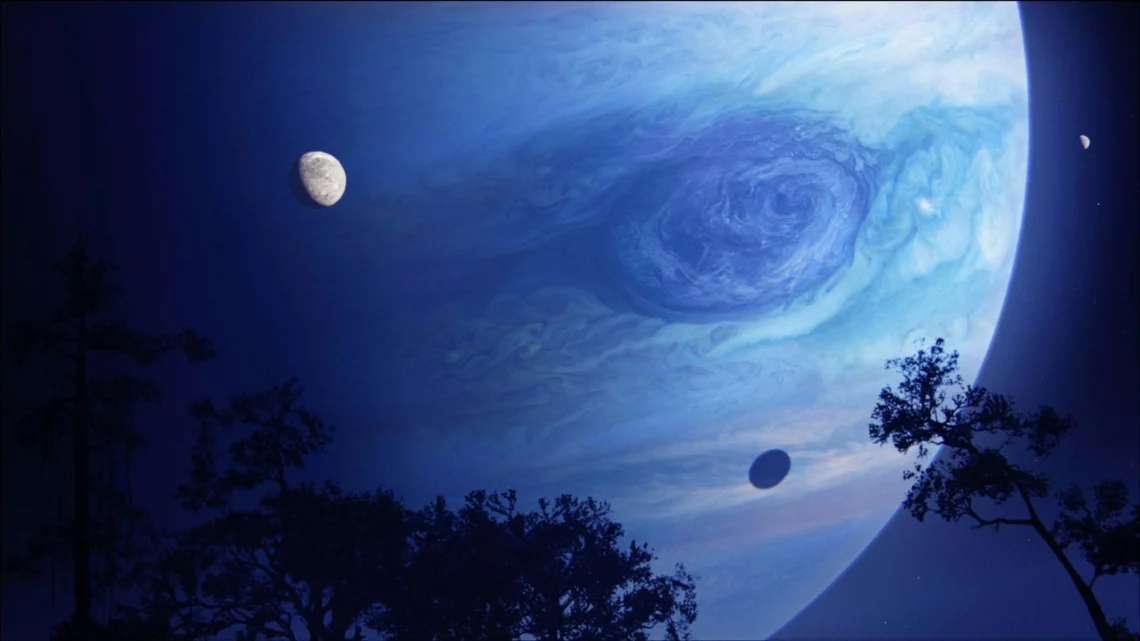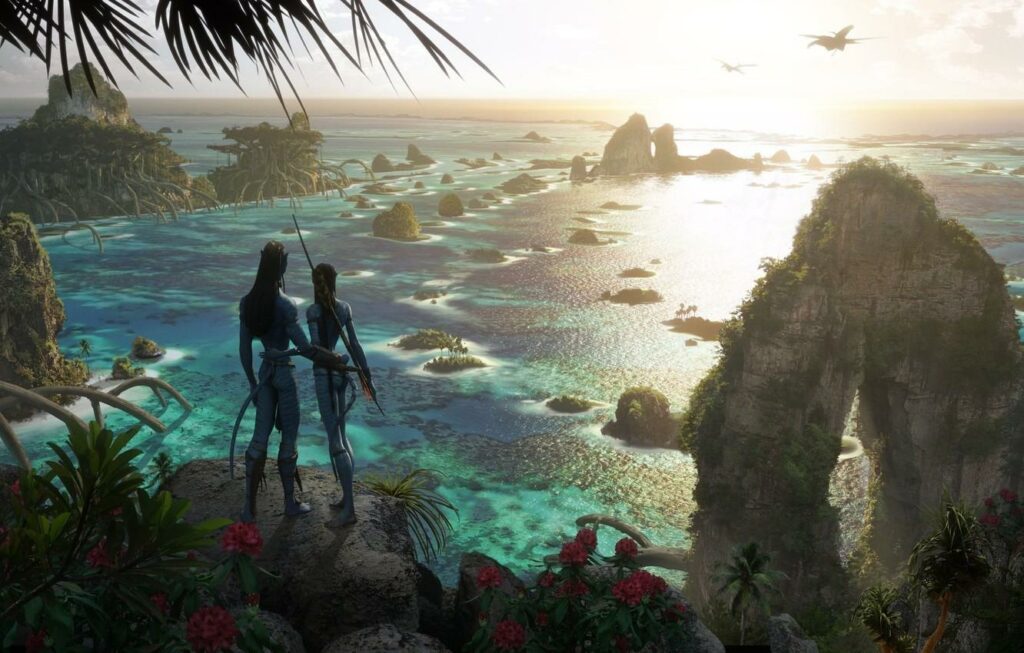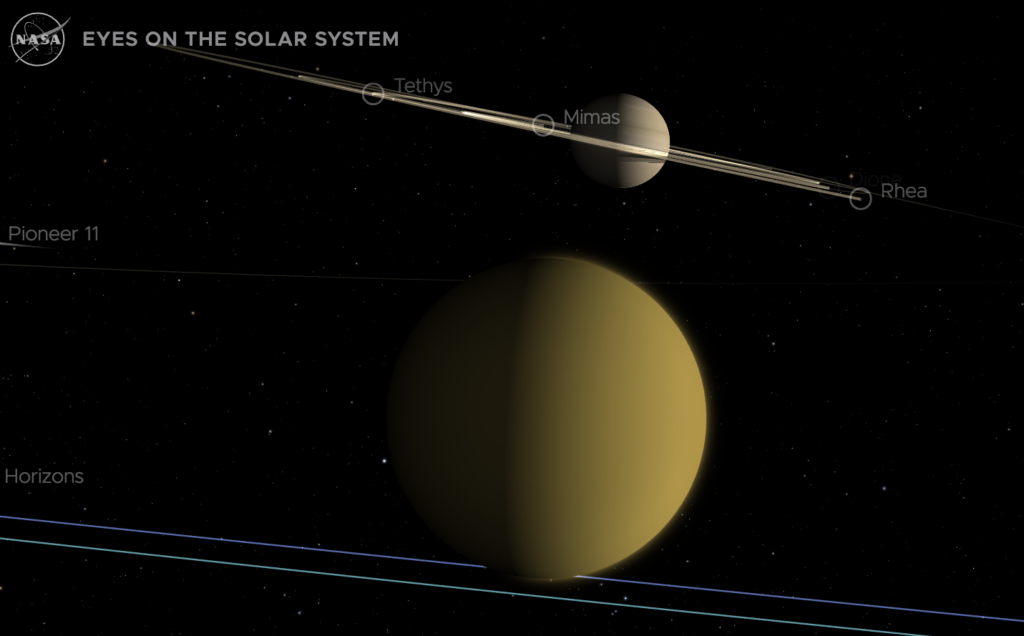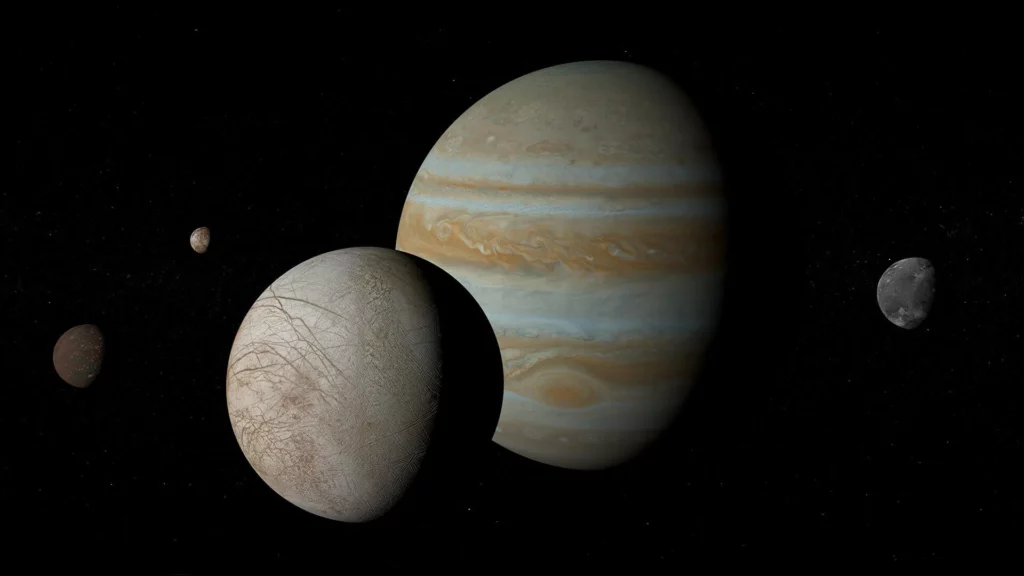
Avatar: Pandora an Exomoon
The Avatar Franchise is a blockbuster movie series created by James Cameron, which so far consists of 2 epic science fiction films. The first part known simply as “Avatar” is the World’s highest grossing film ever made. The sequel which came out in December last year is not too far behind on 3rd place with a whopping 2 billion dollars
Now, we all loved Sam Worthington and Britain Dalton in the movies…. trust me I was blushing too, but this article is for all the science geeks out there, so without further ado… SCIENCE! CAMERA! ACTION!
In the second instalment of this series on The Screen Science blog we will focus more on Pandora and an examination of what the real-world implications would be of living on an Exomoon.
In Avatar, Pandora is a moon of the fictional Gas Giant “Polyphemus” which is set in the real Alpha Centauri System which is 4.4 light years away making it the closest star system to our own. The Alpha Centauri system is a triple star system: the three stars are- Rigil Centaurus (Alpha Centauri A), Toliman (B) and Proxima Centauri (C). Proxima Centauri is also the closest star to the Sun at 4.3 light years away. Alpha Centauri A and B are the sun-like stars in this system hence creating a binary solar system “Alpha Centauri AB”. To the naked earth-eye these two stars appear to be one and are the 3rd brightest star in the night sky.
However, while the star system is real the viability of Pandora we see is in doubt.
For instance, Pandora has thick green forests, untainted sparkling blue waters and even bright sunshine, however the existence of this type of celestial body in the Alpha Centauri System is highly questionable. You see the orbital period in this system is a shocking 79.8 earth years, which means that all the planets are at a significant distance from the suns for too long. The planets and hence their moons would simply be too cold to support such a lifestyle. If the earth were to take that long to complete one revolution, it would freeze over seizing all life from existing. The bright rays of sunshine and the tropical climate would simply not be possible. However, it is important to remember that Polyphemus and Pandora are fictional bodies and hence could have fictional properties such as a core hot enough to keep the planet warm, or the species on the moon may simply not need the photons to thrive as we do.

Polyphemus is similar to Saturn and Jupiter, however unlike Saturn it has no rings. Visually, Polyphemus resembles a slightly smaller, blue and purple version of Jupiter, with less prominent bands and a larger vortex storm. So, if we were to understand how life on Pandora works, we could compare it to the prominent moons of our very own Gas Giants.
Saturn
The rings of Saturn may look beautiful in their “other worldliness” (pun intended) however for those interested in building a life on a moon their reality is terrifying. You see our boy Saturn has a really strong gravitational pull, which caused a lot of comets, asteroids and some of its own moons to shatter and form the ice rings around it. This means that the moons of Saturn are in danger of being eventually sucked into its pull. Bearing that horrific reality in mind let’s look at Titan, the most prominent of Saturn’s moons. It is the largest moon of Saturn and the second largest in our solar system. Titan is an icy moon with a surface of rock-hard water ice, but Titan also likely has a liquid water ocean beneath its surface. It’s also the only moon in the solar system known to have a substantial atmosphere, which is mostly nitrogen like Earth’s. This also means that Titan’s air is dense enough that you could walk around without a spacesuit. But you’d need an oxygen mask and protection from the bitter cold. All these factors indicate that Titan’s subsurface ocean might be a place to potentially find life in.

Jupiter
Jupiter has over 90 moons, out of these there are 2 more prominent ones. Lo and Europa.
- The moon Io is the most volcanically active world in the solar system. Io even has lakes of molten silicate lava on its surface. In fact, Io’s volcanoes are at times so powerful that they are seen with large telescopes on Earth. Because of this Io almost certainly could not support life as we know it. But that’s not to say it couldn’t harbor some form of life as we don’t know it.

Europa is believed to be the most promising world to look for life in our solar system, due to numerous reasons. Like Earth, Europa is believed to also have a rock mantle and iron core. You might pack a few towels on your next trip over because scientists are almost certain that hidden beneath the icy surface of Europa is a salty-water ocean thought to contain twice as much water as Earth’s oceans combined. Life as we know it requires three base “ingredients” to exist- Liquid water, an energy source and organic compounds to use as the building blocks for biological processes. Europa could have all three of these ingredients, and its ocean may have existed for the whole age of the solar system, long enough for life to begin and evolve there. While it has promising signs for life there are still factors keeping us from jumping to conclusions. Europa has an extremely thin oxygen atmosphere — far too thin for humans to breathe. It is also a darker world; Europa orbits Jupiter, the fifth planet from the Sun. Jupiter orbits the Sun at about 484 million miles (778 million kilometers).
| FACT HAT |
| Europa has been the setting or subject of several video games which i’m sure you’ve heard of, including “Call of Duty: Infinite Warfare” and “Galaga: Destination Earth” which happen to be some of my favourites. It has also been featured in several movies and books, like the 2013 film “Europa Report”. |
“THE STARS DON’T LOOK BIGGER, BUT THEY DO LOOK BRIGHTER.”
– Nasa Astronaut Sally Ride

9 Comments
Aaryan
Interesting read! Love how you related it to the moons of our solar system, wonder if there’s microscopic life forming there.
Dr. Santana Aubrey
“But that’s not to say it couldn’t harbor some form of life as we don’t know it. ” Very good line. And is representative of the kind of imagination that we are sometimes lacking in the scientific community.
A good article I will use for my students. I will quibble with one point though. You say:
“You see the orbital period in this system is a shocking 79.8 earth years, which means that all the planets are at a significant distance from the suns for too long”
The 79.8 year period is the period in which the STARS orbit around each other. It’s not the period that planets in the system take to revolve around the stars. Indeed the science of detecting planets outside our own solar system is in its infancy and we can’t reliably say what planets exist in the system and what their characteristics (including the time they spend orbiting their star) might be.
Still, good way to teach important principles to my students.
Rosa Hines
It’s such as you read my mind! You seem to know a lot about this, almost as if you wrote the
guide on it or something.This is a great blog. An excellent read.
I’ll definitely be back.
Monica Sarmiento
I will immediately like the feed as I can not find
your email subscription link or newsletter service.
Do you’ve any?
Thanks.
temmy
I find it incomprehensible that you are not more popular than you already are, given your intelligence. I was able to look at this topic from a number of angles because of your depth of knowledge. Continue your fantastic work.
IgraBlusy
thanks, interesting read
Robertenrop
Tender thanks you for sharing this!
It’s always interesting to glimpse different perspectives on this topic.
I esteem the effort and detail spell out into this post – it provides valuable insights and clearly gives me something to ponder about. work like this!
Maxine
This article dives into the fascinating science behind Pandora from Avatar, set in the real Alpha Centauri system.
Do you think future discoveries or technology could make a world like Pandora possible, despite current scientific doubts?
Markos
It’s fascinating how the article dives into the real science behind the fictional world of Avatar. The Alpha Centauri system is indeed a real and intriguing place, but the conditions on Pandora seem highly unlikely based on our current understanding of astrophysics. The idea of a habitable moon in such a distant system raises questions about the balance between science and fiction. How much creative liberty is acceptable when blending real science with cinematic storytelling? Where do we draw the line between scientific plausibility and imaginative storytelling in films like Avatar?